Turning Data into Actionable Insights
Today’s modern buildings face a dual challenge: meeting operational demands while cutting energy waste and carbon footprints. At the heart of solving this challenge is Smart Building Energy Management. It is a system that turns raw energy data into actionable steps to boost efficiency. The Bivocom TG463 Industrial 5G IoT Gateway is a cornerstone of this ecosystem. It bridges on-site devices and cloud platforms, thereby enabling reliable, high-impact operation of the BEMS. Without it, even robust energy management initiatives risk fragmentation. Specifically, data gets trapped in siloed systems. However, the TG463 addresses this issue: it turns raw energy data into actionable insights that reduce waste and enhance sustainability.
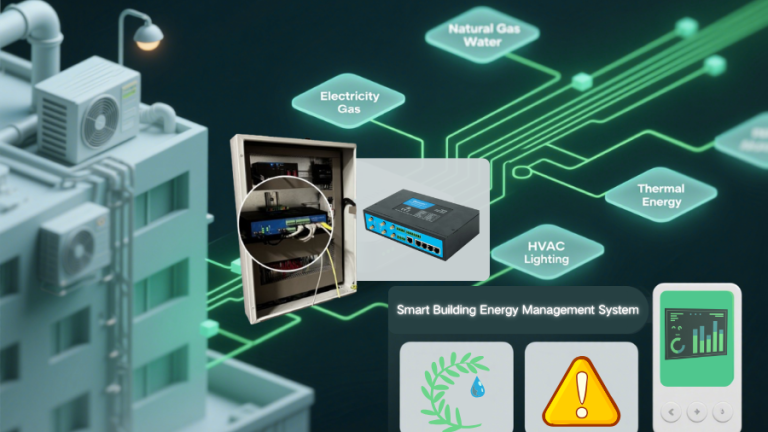
Building Energy Management System (BEMS)
What Is BEMS? Core Essence & Objectives
Clarifying Confusion: BEMS vs. BMS vs. EMS
BEMS relies on unified, real-time data to optimize energy use (e.g., HVAC, lighting, renewables) and cut waste. The Bivocom TG463 Industrial 5G NR IoT Gateway addresses BEMS’ biggest pain points. These pain points include data silos, protocol incompatibility, delayed processing, and network downtime. To solve them, the gateway acts as a centralized “translator, aggregator, and processor” for all on-site energy data.
Universal Data Aggregation: Connect Every BEMS Device
The TG463’s rich I/O portfolio ensures it integrates with all BEMS-related equipment—eliminating data silos:
Convert Protocols (Legacy + Modern = Compatibility)
Many BEMS deployments combine legacy and modern devices: legacy meters use Modbus RTU, while cloud-based BEMS platforms rely on MQTT or HTTPS. The TG463 acts as a critical bridge that supports Modbus RTU/TCP, MQTT, SNMP, and transparent TCP/UDP, translating legacy protocols to cloud-compatible languages in real time. It also eliminates the need to replace costly older equipment (e.g., vintage gas meters) for BEMS upgrades, cutting costs while preserving data integrity.
Edge Computing: Making Decisions Faster
Sending raw data to the cloud causes latency (e.g., a sudden HVAC spike needs immediate action). The TG463’s edge processing capabilities fix this:
Redundant & Secure Connectivity: No More Data Gaps
Applications
The Bivocom TG463 is already driving energy transformation across commercial, industrial, and public buildings—from smart offices and hospitals to retail complexes and manufacturing sites. Its robust connectivity and edge intelligence make it ideal for implementing scalable, future-ready BEMS architectures.
- Commercial Buildings (Malls/Office Towers): Focus on high-energy systems (HVAC, lighting, elevators—70%+ of total energy use). Integrate occupancy sensors/smart meters for real-time adjustments (e.g., dim empty-zone lights, reduce off-hour HVAC) to cut energy use.
- Public Buildings (Hospitals/Schools/Government Offices): Balance efficiency and comfort: Separate “critical zones” (e.g., hospital ICUs, stable temps) and “non-critical zones” (e.g., school hallways). Strict controls for essentials, optimize others to cut waste.
- Industrial Plants (Production Workshops): Unify building + production energy: Integrate data from building systems (HVAC/lighting) and production equipment. Adjust for synergies (e.g., HVAC during high-production shifts) to optimize total energy use.
- Green/Zero-Carbon Buildings: Maximize renewable value: Connect solar panels/battery storage. Prioritize renewables for daily use, store surplus, or feed excess to grid—reduce fossil fuel grid reliance.
Future Trends
As global sustainability goals (e.g., the UN’s Net Zero by 2050) tighten—and as buildings, major global energy users, face growing pressure to cut emissions and meet strict green standards (e.g., LEED, BREEAM)—BEMS will evolve from basic “monitoring” to more advanced “predictive and adaptive management” that proactively optimizes systems for efficiency, with four key trends shaping this shift.
About Bivocom
With 11+ years of specialized experience in industrial IoT and deployments across more than 90 countries, Bivocom is a trusted provider of robust, scalable connectivity solutions that empower industries to operate smarter and more sustainably. Our expertise spans smart buildings, energy infrastructure, safe chemical storage, biobanking, and advanced manufacturing—enabling clients to meet efficiency, safety, and compliance goals through integrated technology. Our Services Include:
- Solution Piloting: Test the Bivocom devices within your operational environment to validate performance and system integration.
- Customized Connectivity: Tailored network designs combining 5G, Wi-Fi, Ethernet, and edge computing to match your site-specific requirements.
- Platform Integration: Seamless data unification with leading platforms via standardized or custom interfaces.
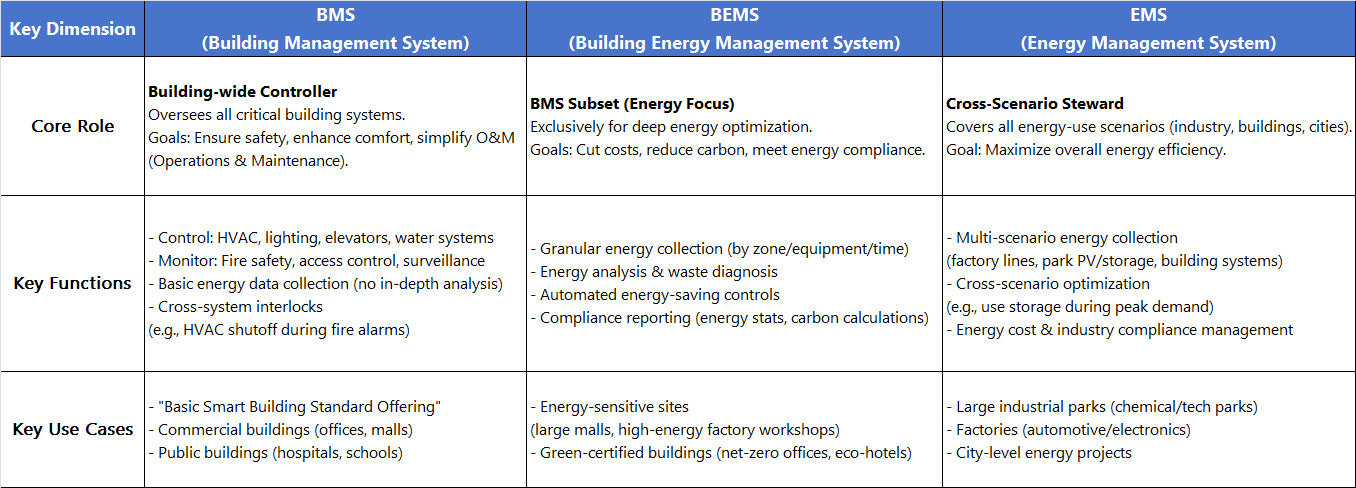

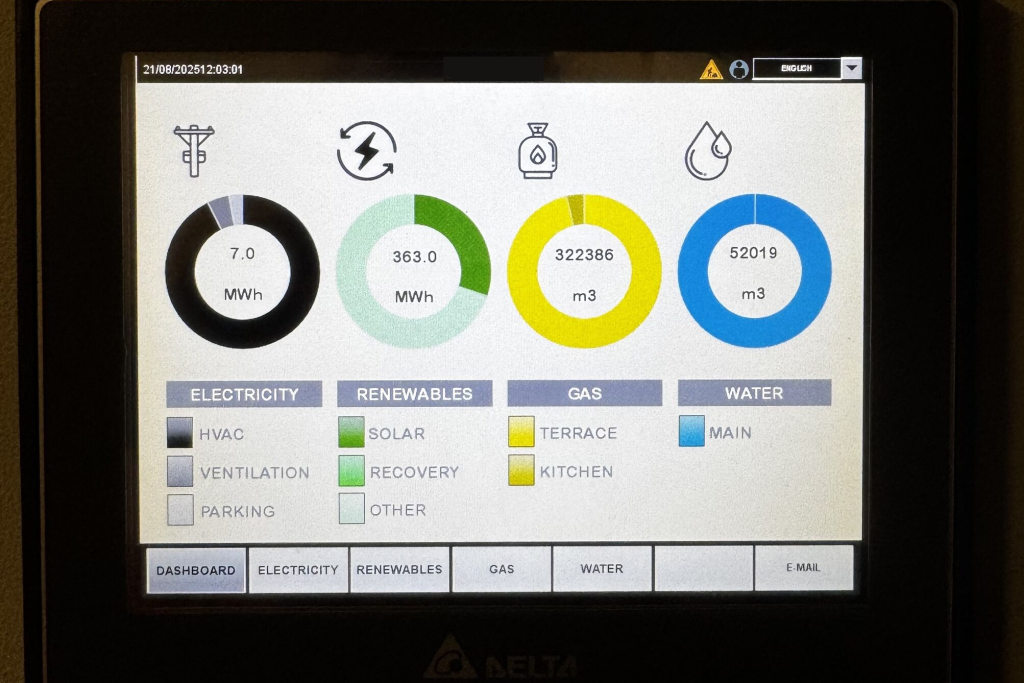
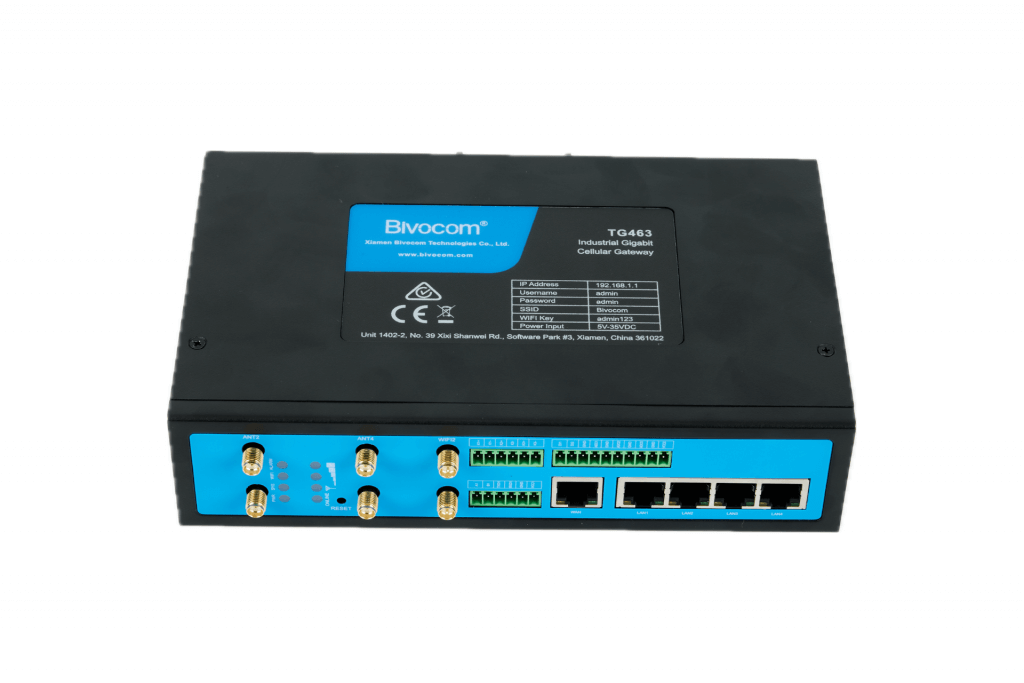
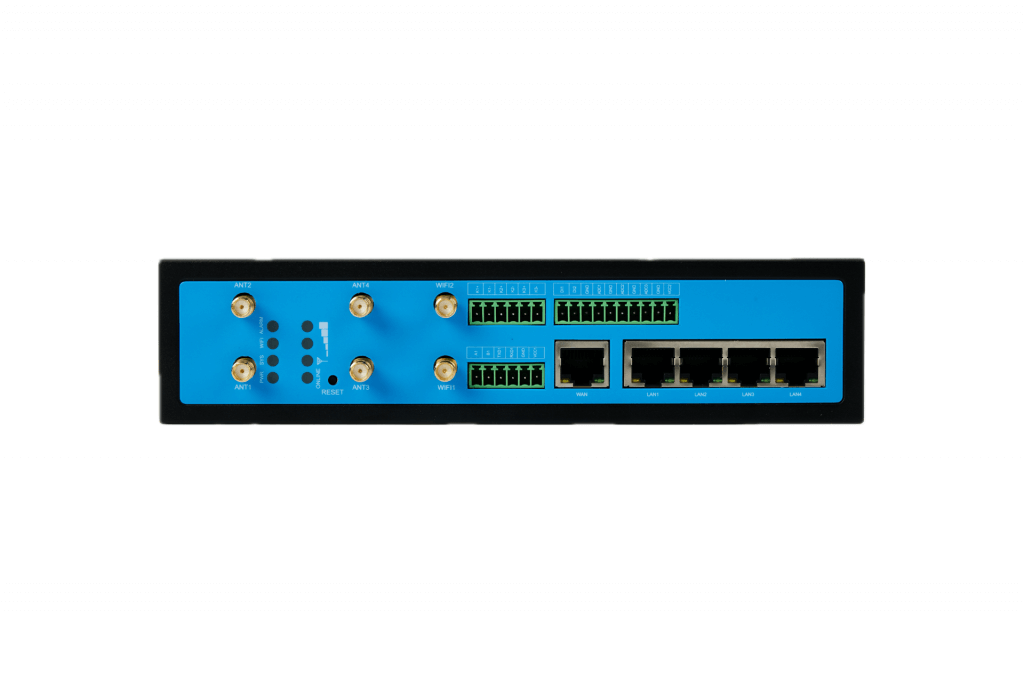
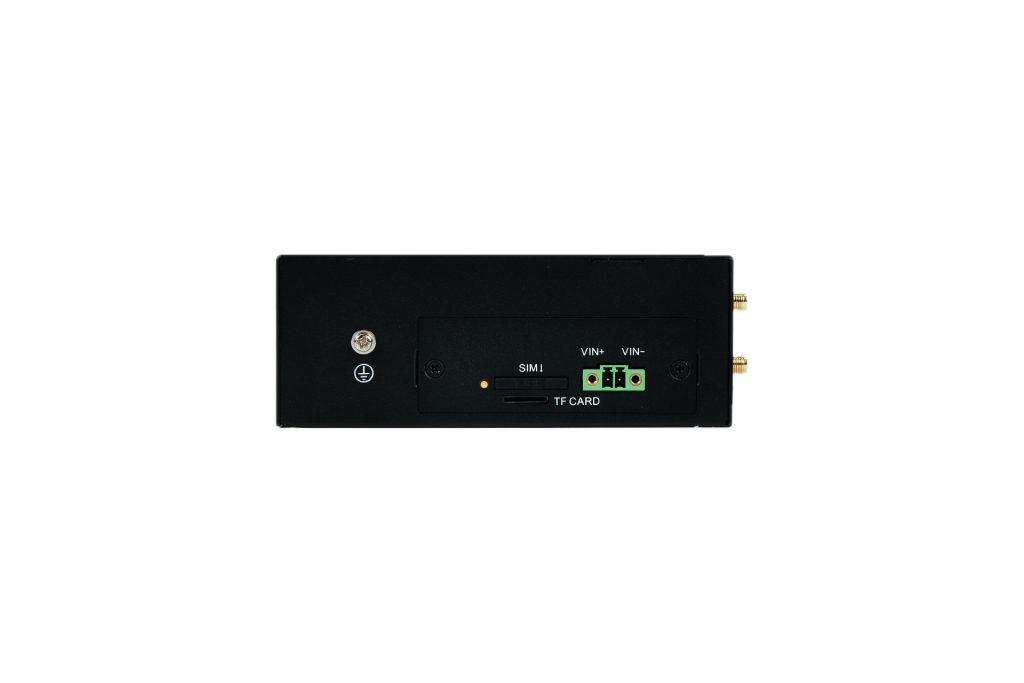
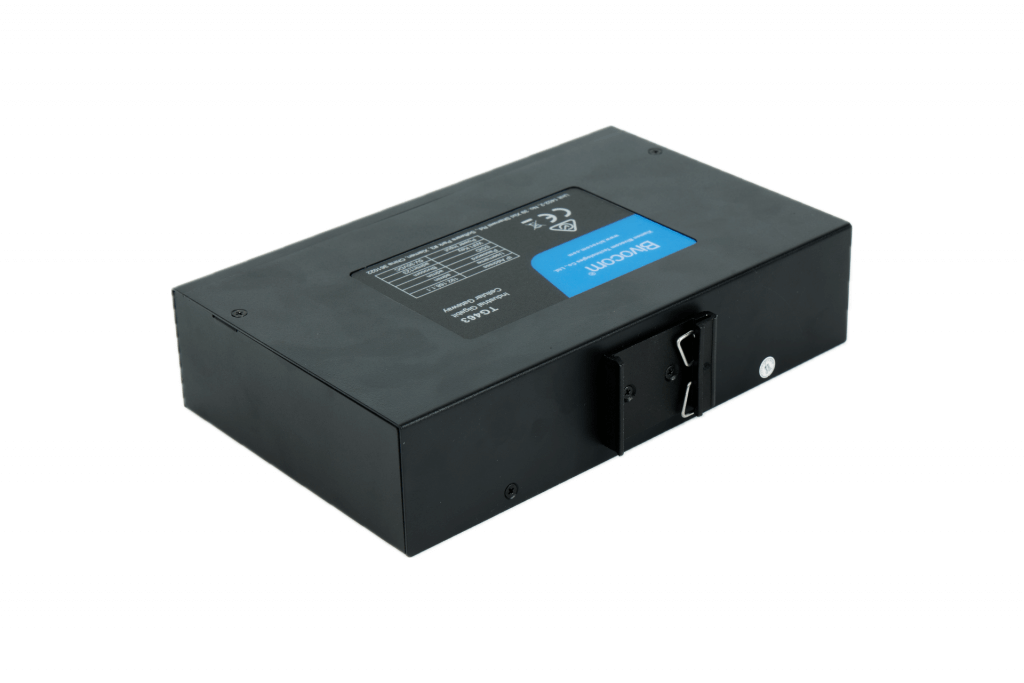
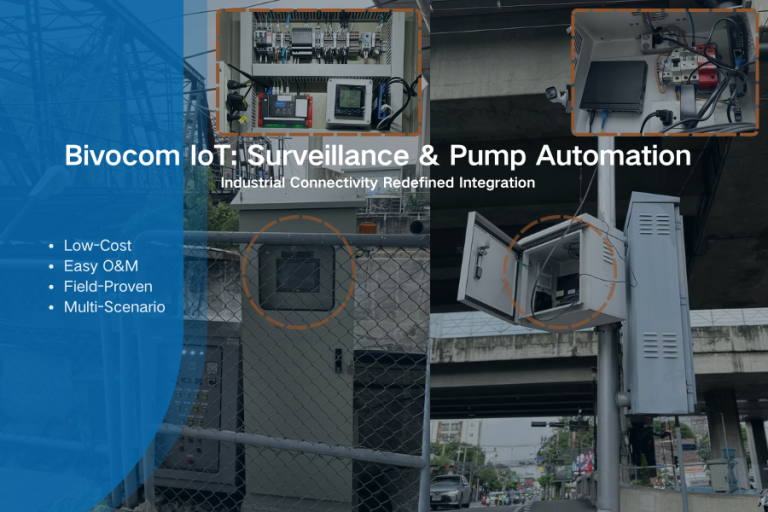

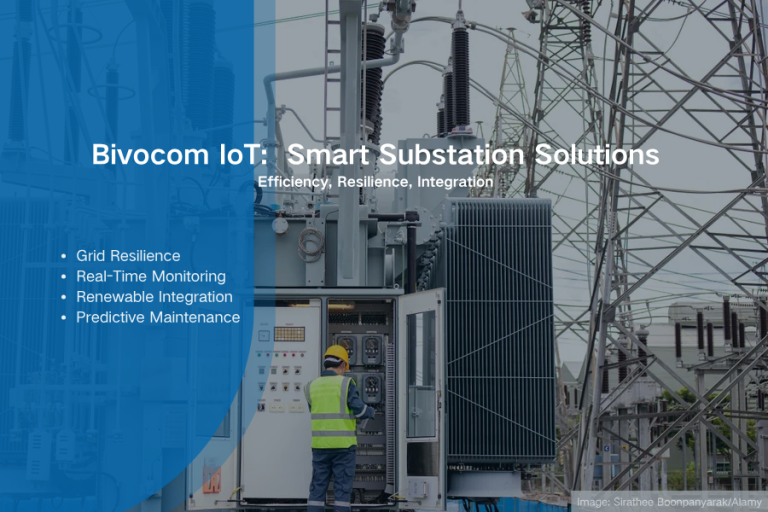
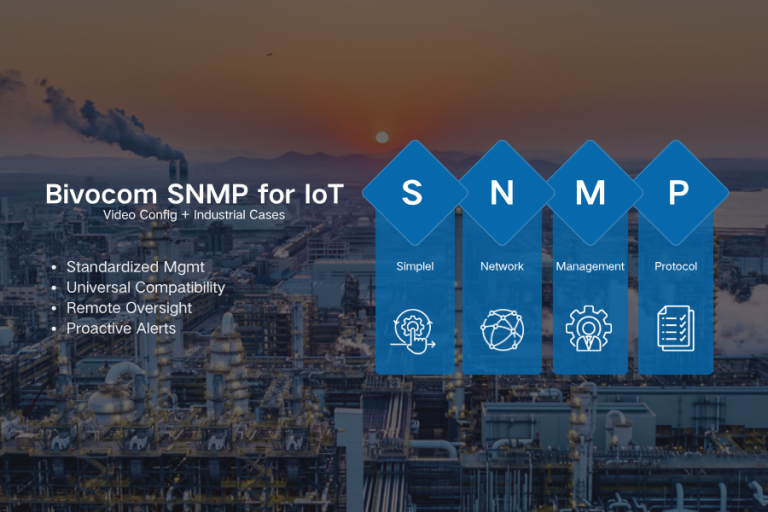
Comment